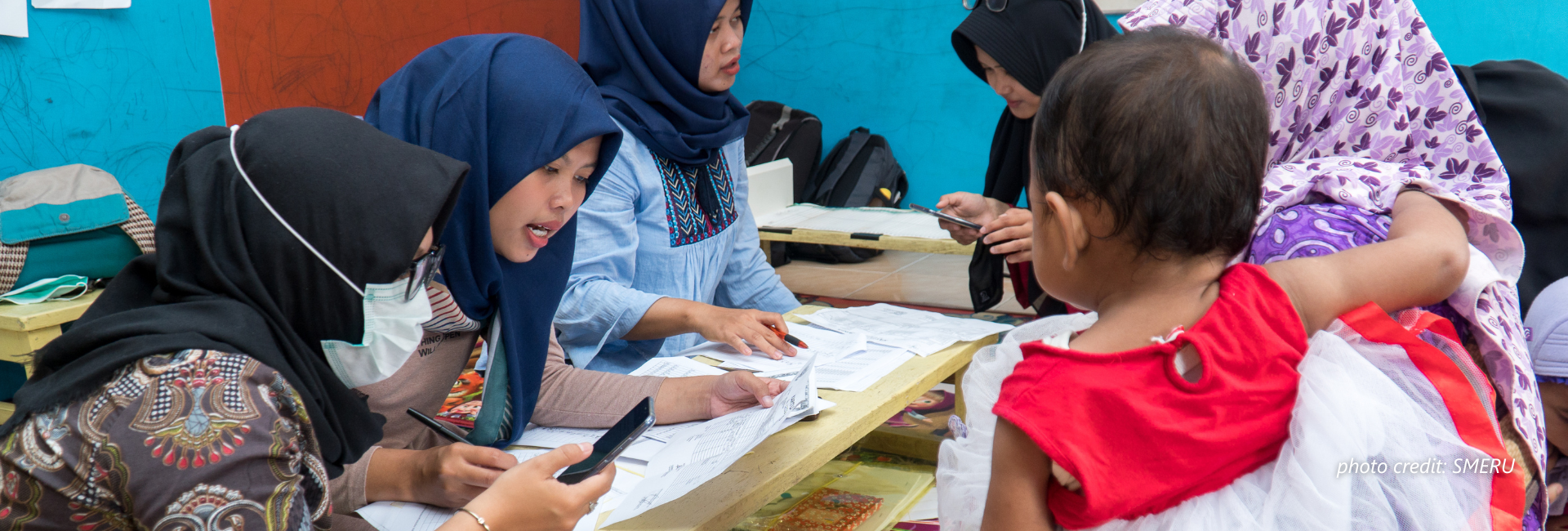We analyse the heights of children aged 2 to 12 in the Indonesian Family Life Survey (IFLS) focusing on the effect of the number of children in the family. Previous studies of the trade-off between the quantity of children and some measure of their quality have been much concerned with the endogeneity of fertility choices. Here we use the IFLS for 1993, 1997 and 2000 to exploit some unique institutional features that have influenced fertility. We find evidence that family size is influenced both from the supply side, as represented by components of the Indonesian family planning programme, and on the demand side, as represented by exposure to modern media. We use these variables as instruments for family size in regressions for the height z-scores. We find evidence for a significant negative effect of family size on height in the presence of a range of other influences. An increase of one sibling is associated with a decrease of one third of a standard deviation in the z-score of height. This effect is stronger among families with low-educated mothers and is present in both urban and rural settings.



